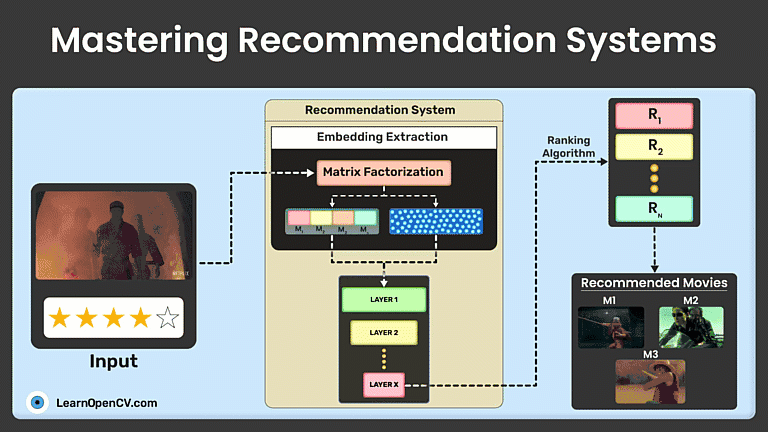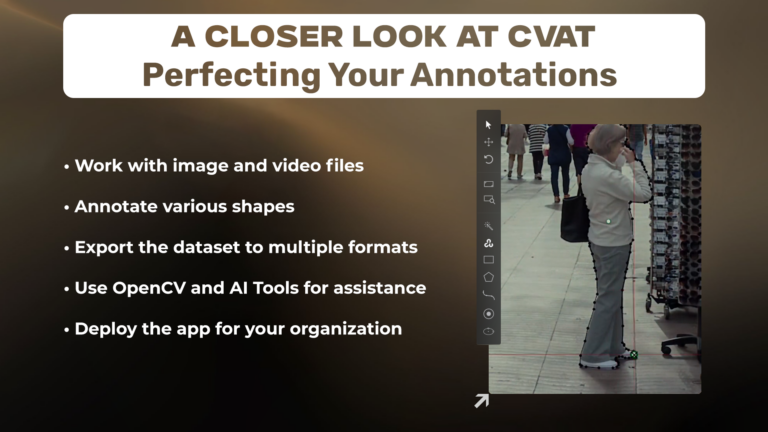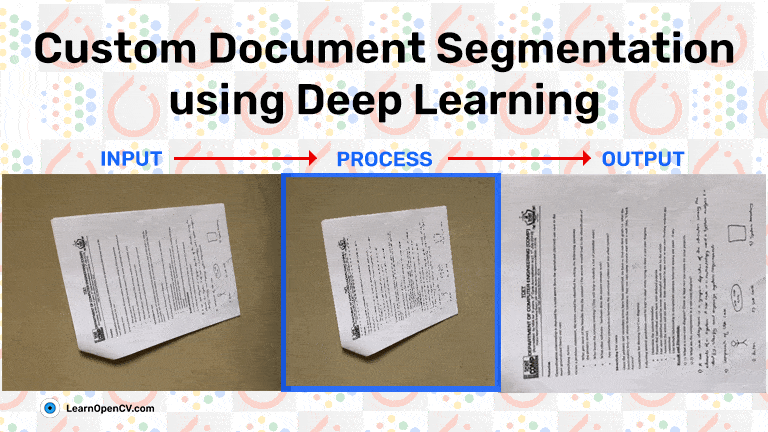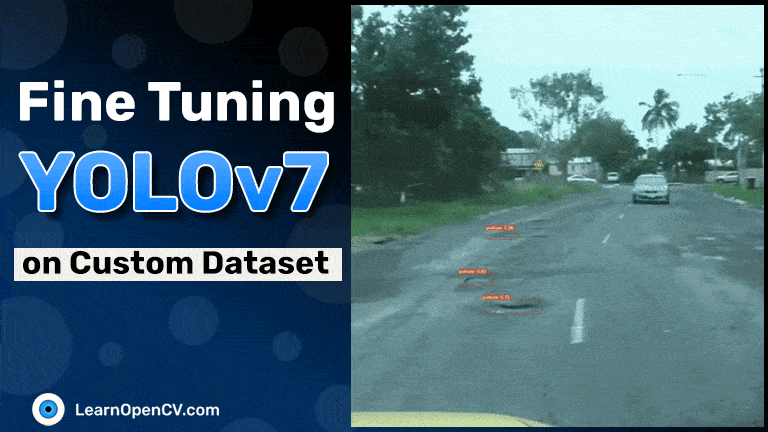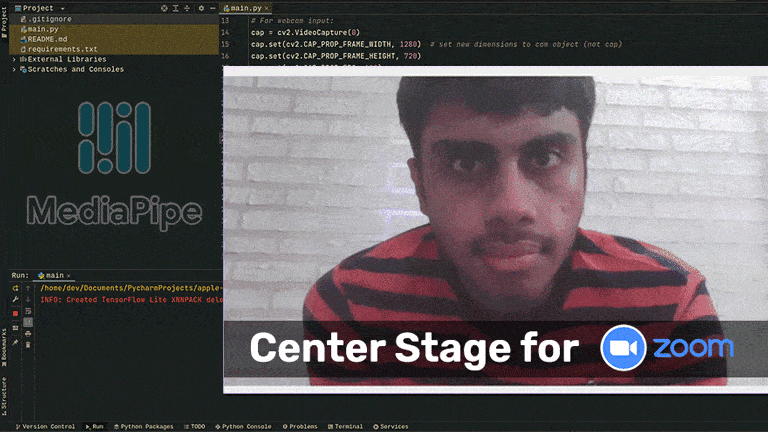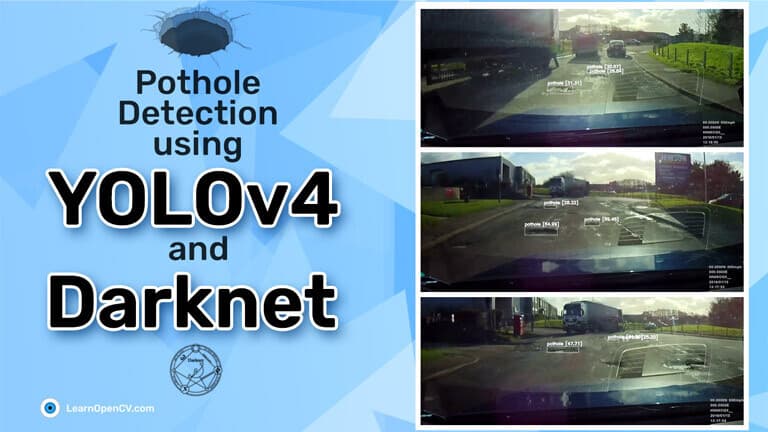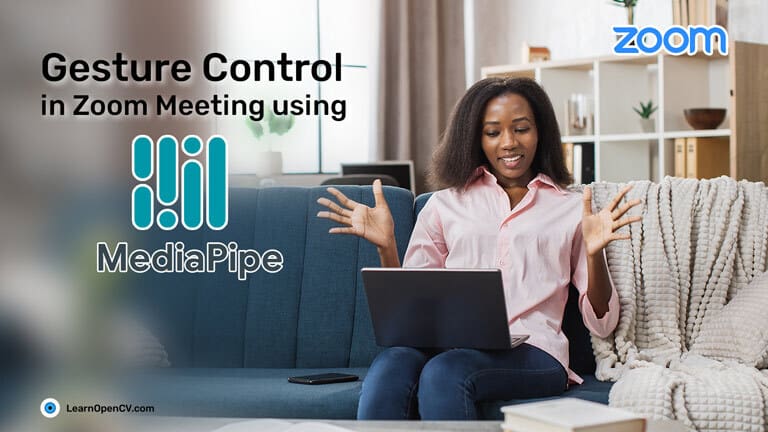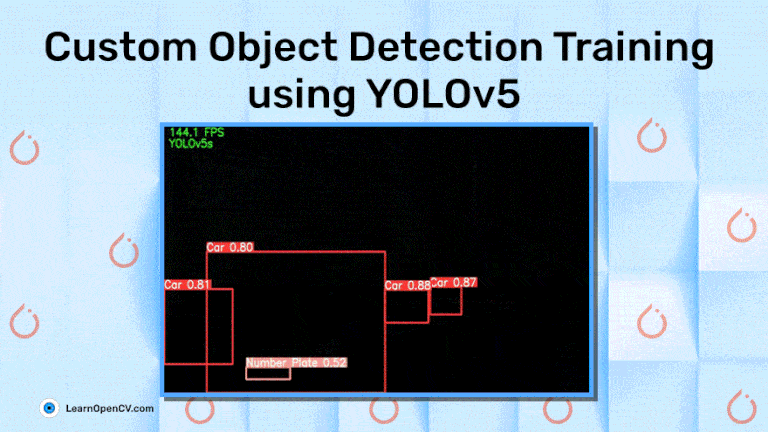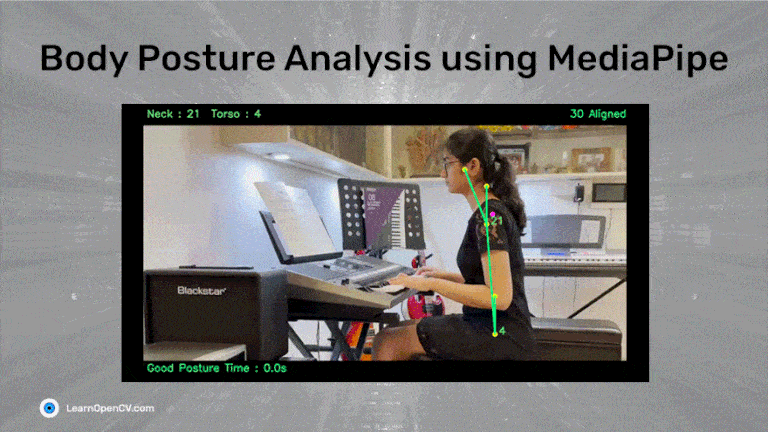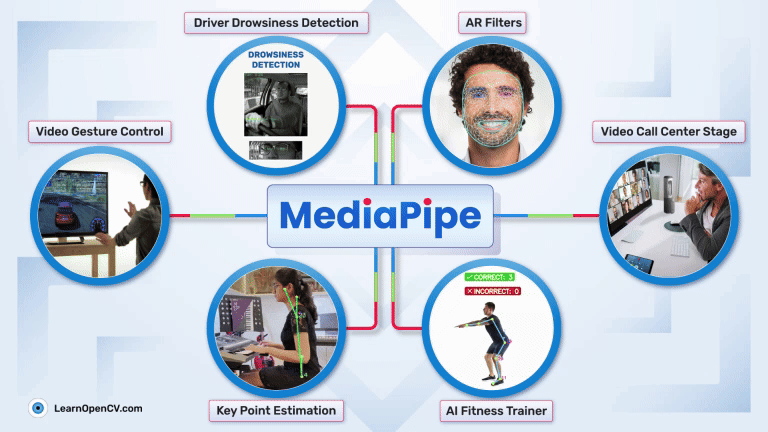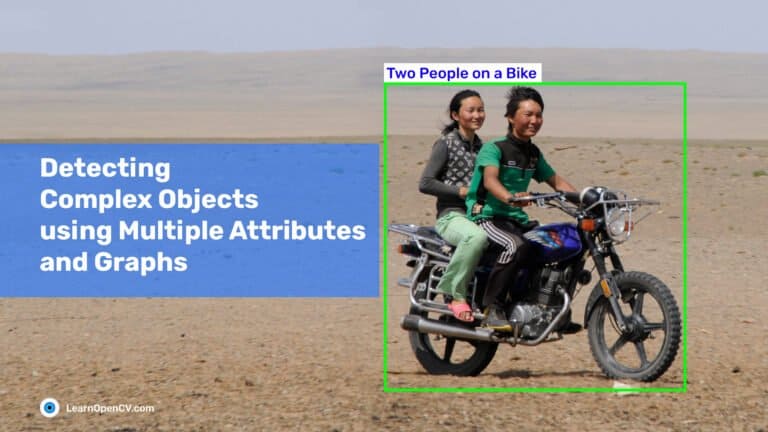Tutorial
Recommendation systems (recommender systems) suggest content based on user preferences and behaviors. This guide explores their types, traditional ML techniques like matrix factorization, and advanced deep learning methods like neural
The backbone of every computer vision application is the data used. The quality of data determines how good the final application will perform. It is needless to say that sometimes
YOLOR, inspired by how humans combine knowledge, is an object detection model that pushes the boundaries of real-time detection with improved speed & accuracy.
Moving away from traditional document scanners, learn how to create a Deep Learning-based Document Segmentation model using DeepLabv3 architecture in PyTorch.
This article explains the training pipeline for fine tuning of the YOLOv7 object detection model on a custom pothole detection dataset
Center Stage uses wide angle camera and custom object detection to track the person in the frame and make necessary adjustments with change in distance from the camera. In this
In this blog post, we will be training YOLOv4 models on a custom pothole detection dataset using the Darknet framework and carry out inference using the trained models.
In this post, we will use MediaPipe to track hand gestures and convert them to appropriate actions like zooming in, blurring the background, and switching the camera on or off.
This blog post covers object detection training of the YOLOv5 model on a custom dataset using the small and medium YOLOv5 models.
Recently, we had a lot of fun playing with Body Posture Detection using MediaPipe POSE. We built a poor posture alert application using OpenCV and MediaPipe. Continue reading the article
Ever wondered what runs behind “OK Google?” Well, that’s MediaPipe. If you have just started with MediaPipe and this is one of the first articles you are going through, congratulations,
In this post, we will discuss an object detection approach that leverages the understanding of the objects’ structure and the context of the image by enumerating objects’ characteristics and relations.

